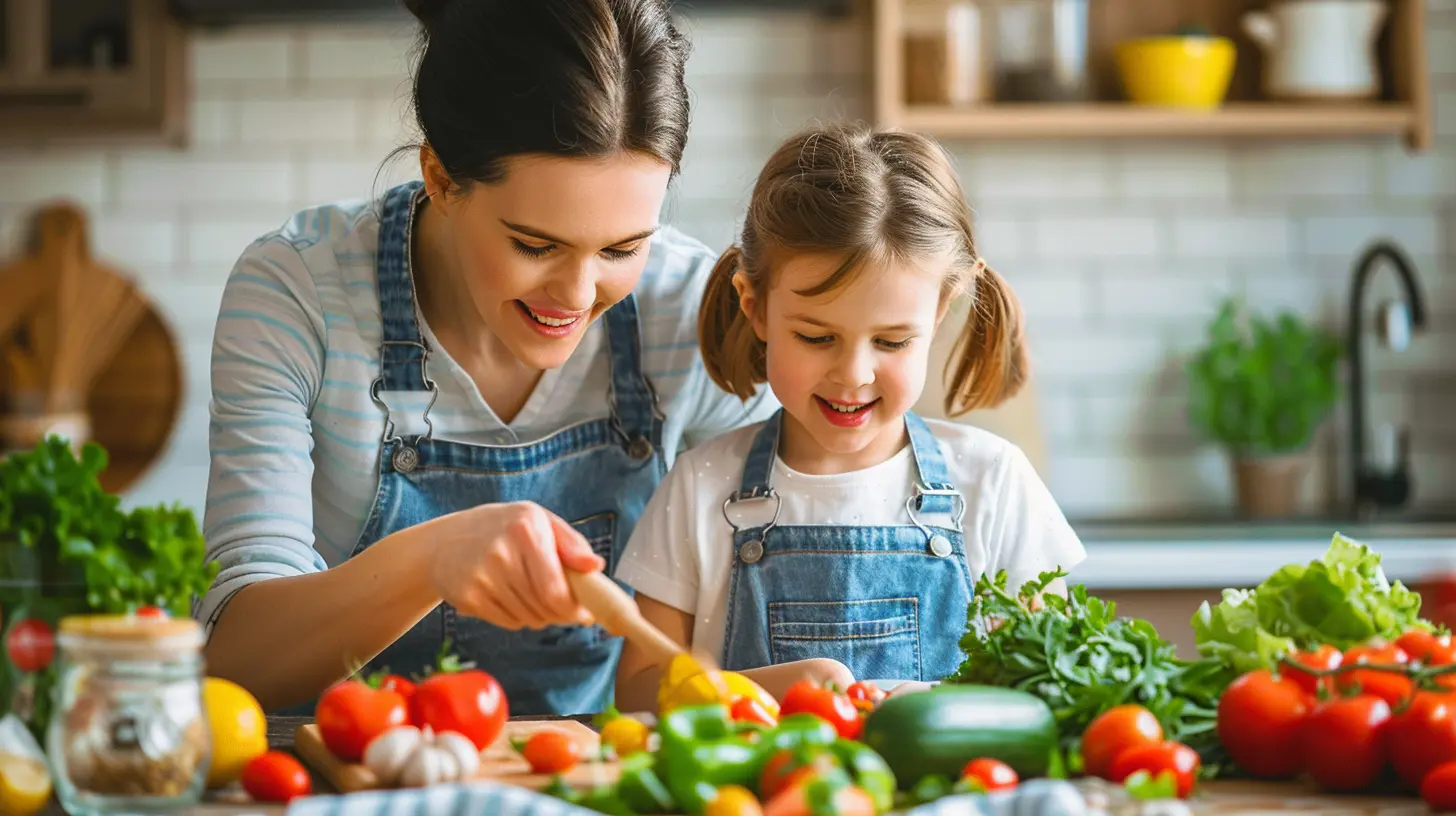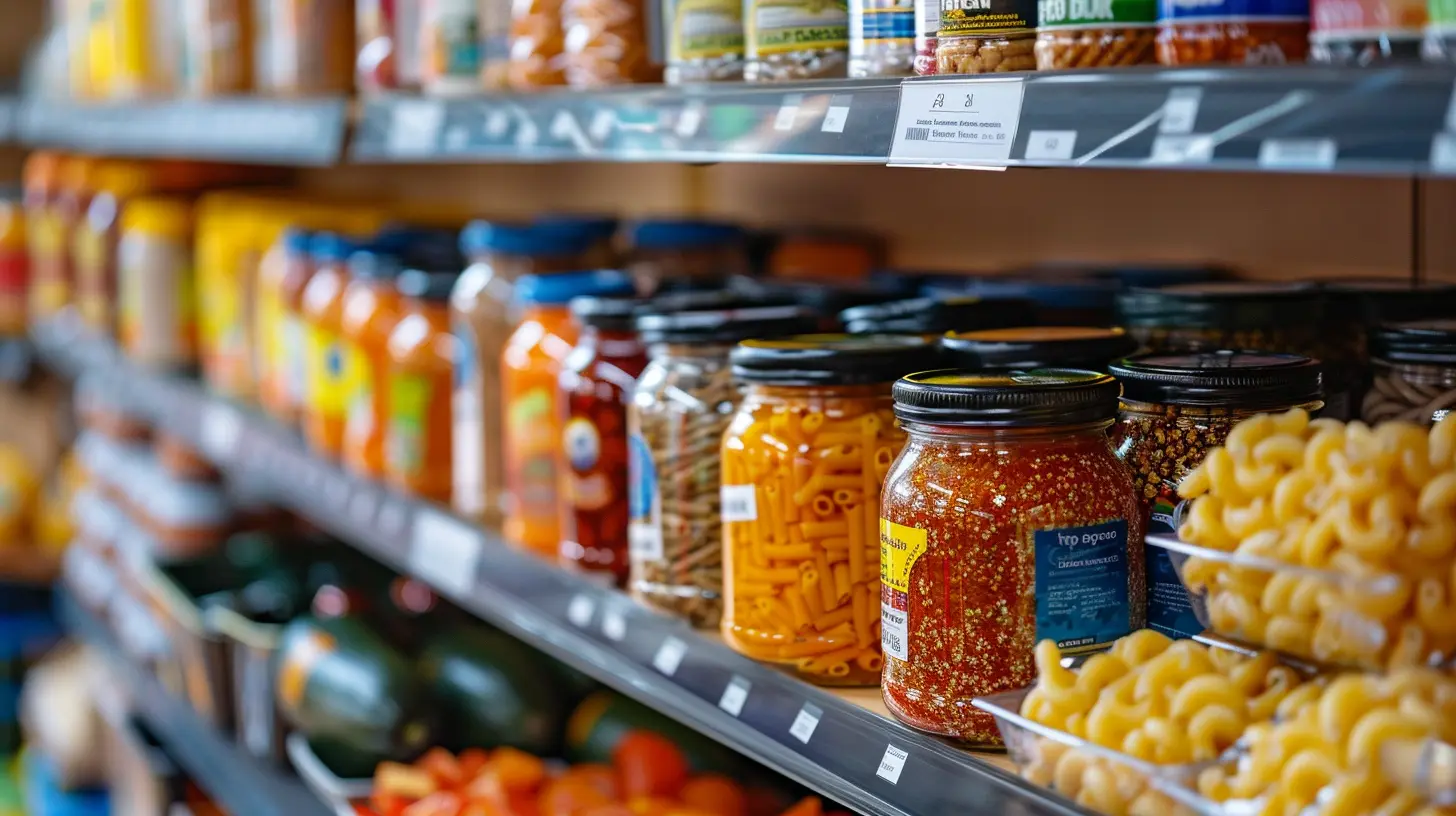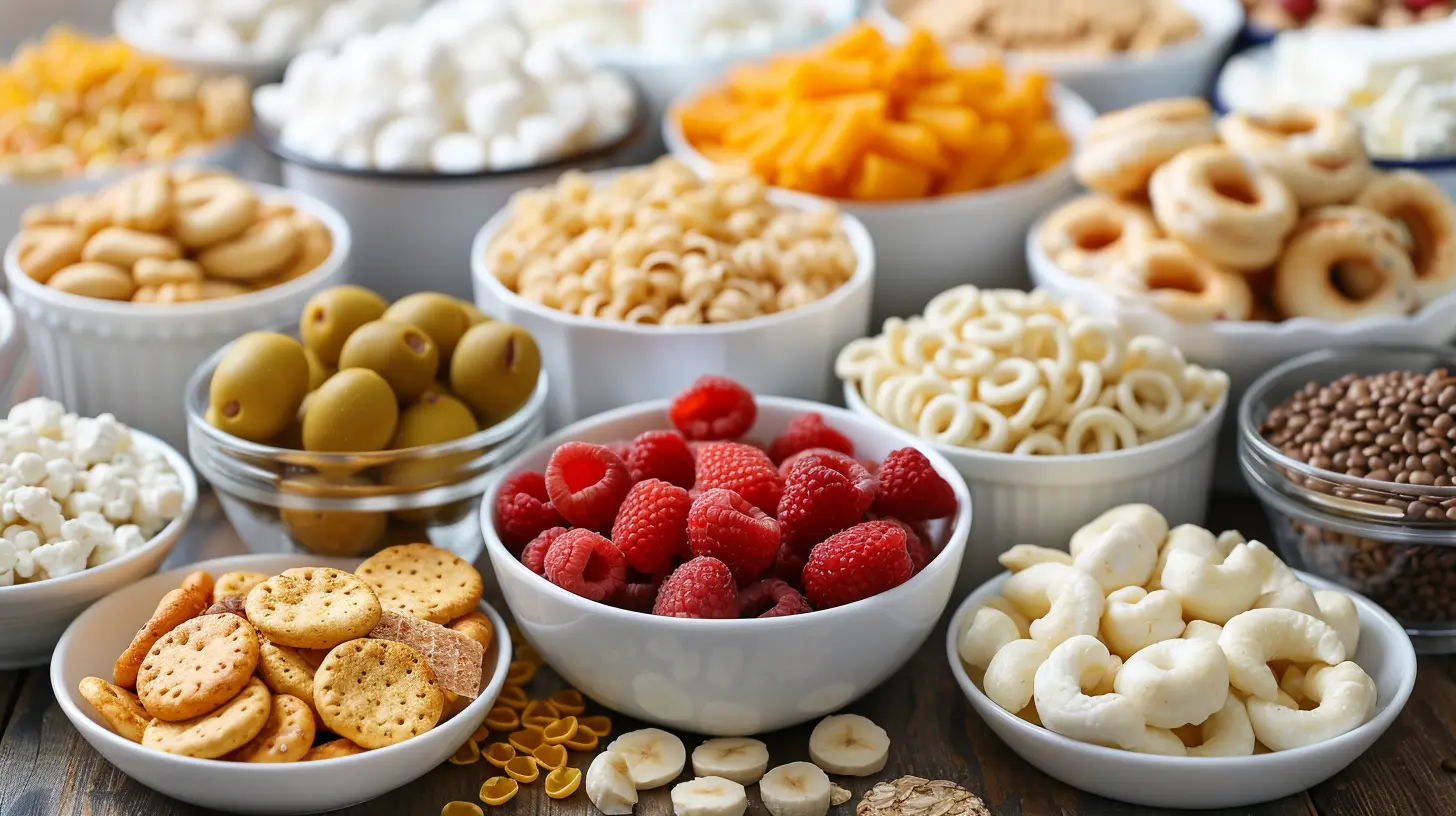How to Read Food Labels: A Guide for Parents
14 November 2025
Let’s be real here—grocery shopping as a parent isn’t exactly a walk in the park. Between the kids begging for sugary cereals and the endless aisles of options, it’s easy to feel overwhelmed. But if you’re trying to feed your family healthier meals, understanding how to read food labels is a total game changer. Stick with me, and I’ll break it down step-by-step, no jargon, just real talk.
Eating well starts with knowing exactly what you're putting in your shopping cart. And that's where food labels come in. But hey, if you’ve ever squinted at the back of a box trying to make sense of those tiny numbers and ingredients that sound like science experiments, you’re not alone. This guide will walk you through the ins and outs, so you can make smarter choices without needing a nutrition degree.
Why Food Labels Matter (Especially for Parents)
As parents, we’ve got a huge job. We’re basically in charge of building our kids' bodies and brains, one bite at a time. Food choices now can shape their health long into adulthood. That granola bar that looks healthy? Might be packed with sugar. A fruit snack? May contain zero actual fruit.Knowing how to decode food labels helps:
- Cut through marketing fluff
- Spot hidden sugars and fats
- Choose nutrient-rich options
- Keep allergies and sensitivities in check
So let’s open up that nutrition label and get to work!
The Nutrition Facts Panel: Your Best Friend in the Aisle
That little black-and-white box on the back of the box? That’s the key. It may look boring, but it holds everything you need to know.Let’s break it down piece by piece:
Serving Size
Here’s a little trick food companies play: the serving size may be way smaller than what you'd expect. A bottle of juice might look like a single serving, but the label might say it contains 2.5 servings.So always ask yourself: "How much am I (or my kid) really going to eat?" Then do the math. If the serving size is half a cup but your child eats a full cup, double everything on the label.
Calories
Calories tell you how much energy you’ll get. But more isn’t always better. Kids need energy, sure, but empty calories (like from sugar and refined carbs) aren’t doing them any favors.Watch out for high-calorie foods with little nutritional value. And remember, drinks like soda or juice can sneak in way more calories than you'd think—without making anyone feel full.
Nutrients to Limit (The Sneaky Stuff)
Not all numbers on the label are your friends. Some, you want to keep low.Added Sugars
Here’s where things get dicey. Many foods that seem kid-friendly are sugar bombs disguised as healthy. Look for “added sugars” on the label. The less, the better.FYI: The American Heart Association recommends kids have no more than 25 grams (about 6 teaspoons) of added sugar per day. That’s like one small cookie and a half cup of sweetened cereal—total.
Watch out for these names for sugar:
- High fructose corn syrup
- Cane sugar
- Corn sweetener
- Agave nectar
- Evaporated cane juice
Yep, sugar wears disguises.
Saturated Fat
Some fat is necessary, especially for growing kids. But saturated fat? Not so much. It can increase the risk of heart disease over time. Limit foods that are high in saturated fats like fried snacks, fatty cuts of meat, and processed cheese.Sodium (Salt)
Too much salt isn’t great for kids’ growing bodies or their taste buds. It can increase blood pressure over time and train their palate to crave salty foods.Surprisingly, bread, lunch meats, and even breakfast cereals can be loaded with sodium. Always check it.
Nutrients to Look For (The Good Guys)
Now, not everything on the label is scary. Some nutrients are worth chasing. Here's what you want to see more of:Dietary Fiber
Fiber is like the broom that sweeps your digestive system clean. It keeps tummies full and digestion happy. It also helps regulate blood sugar, which is great for keeping kids’ moods and energy stable.Look for at least 3 grams of fiber per serving in packaged foods.
Protein
Protein helps build muscles, bones, and all the important stuff. It also helps keep kids satisfied between meals. The best sources? Lean meats, dairy, legumes, nuts, and whole grains.Vitamins and Minerals
Calcium, vitamin D, iron, potassium—these are the MVPs of childhood nutrition. Getting them from real food is best, but some packaged items are fortified. Pay attention to how much of these nutrients a product offers—it's listed as a % Daily Value on the side.Understanding Daily Values (%DV): What Does It Even Mean?
Alright, let’s talk about those percentages on the right side of the label. They can look confusing, but they’re actually super helpful if you know what you’re looking at.%DV shows how much a nutrient in one serving contributes to the total daily diet, based on a 2,000-calorie-per-day recommendation.
As a general rule:
- 5% or less = low
- 20% or more = high
So, if you see 25% calcium? That’s awesome. If you see 25% saturated fat? Not so much.
Ingredient Lists: Where the Truth Hides
The ingredient list is where food manufacturers’ secrets are laid bare. By law, they have to list ingredients in order by weight, starting with the most used.If sugar shows up in the first three ingredients? Probably not a great choice.
Also, fewer ingredients = better. If the list looks like a science experiment or contains stuff you can’t pronounce, it’s probably highly processed.
Red flags to look out for:
- Artificial colors and flavors
- Preservatives (like BHA, BHT, sodium nitrite)
- MSG (used as a flavor enhancer)
- Hydrogenated oils (trans fats)
Don’t be fooled by long, healthy-sounding names. "Evaporated cane juice" is still sugar.
Common Food Label Traps (And How to Outsmart Them)
Food labels can feel like a maze sometimes. Companies are pretty clever with how they market products. Here’s how they try to trick you—and how to stay one step ahead.“All Natural”
This one sounds great, right? But actually, there’s no strict regulation on what "natural" means. It could still have tons of sugar or sodium.“Low Fat”
When fat is removed, many products add sugar to make up for the taste. So “low fat” doesn’t always mean healthy.“Made with Whole Grains”
Unless it says “100% whole grain,” there's usually more refined flour than whole grains in the mix.“No Sugar Added”
This doesn’t always mean sugar-free. It just means no sugar was added during processing. Be sure to check for naturally high-sugar ingredients like fruit juice concentrates.Tips for Smart Grocery Shopping with Kids
Let’s face it—shopping with kids can be chaotic. But it can also be a teachable moment. Turn food label reading into a fun game or challenge!Here’s how:
- Let them pick a cereal—but only if it has less than 6g of added sugar per serving
- Teach them to read the first three ingredients
- Compare two similar snacks and pick the one with more fiber and less sugar
Make it interactive and empowering. You're not just shopping, you're raising a little food detective.
Making Food Label Reading a Habit
Don’t stress about reading every single label, every single time. Start with products you buy often—cereals, snacks, frozen meals, drinks.Over time, you’ll memorize which brands and items are best choices. You'll find your go-to items and save yourself from decision fatigue.
And who knows—your kids might even start teaching their friends about hidden sugars and mystery ingredients.
When in Doubt, Shop the Perimeter
Here’s a little trick: the healthiest food rarely has a label at all.Think about it. Apples, spinach, chicken breast, eggs—they’re all around the perimeter of the store. The middle aisles are usually where the processed stuff lives.
So fill your cart mostly with whole foods, and supplement with packaged items after doing your label detective work.
Final Thoughts: Progress Over Perfection
Hey, nobody’s perfect. We all get tired and toss some pre-packaged mac and cheese in the cart once in a while. That’s real life.But by learning how to read food labels, you’re giving yourself a powerful tool to make better choices most of the time. And that, my friend, is more than enough.
Teach your kids to be label-savvy too, and you’ll be setting them up for a lifetime of healthier habits.
You don’t have to overhaul your pantry overnight. Just start small. Look at one label today. Then another tomorrow. You've got this.
all images in this post were generated using AI tools
Category:
Healthy EatingAuthor:

Kelly Snow

